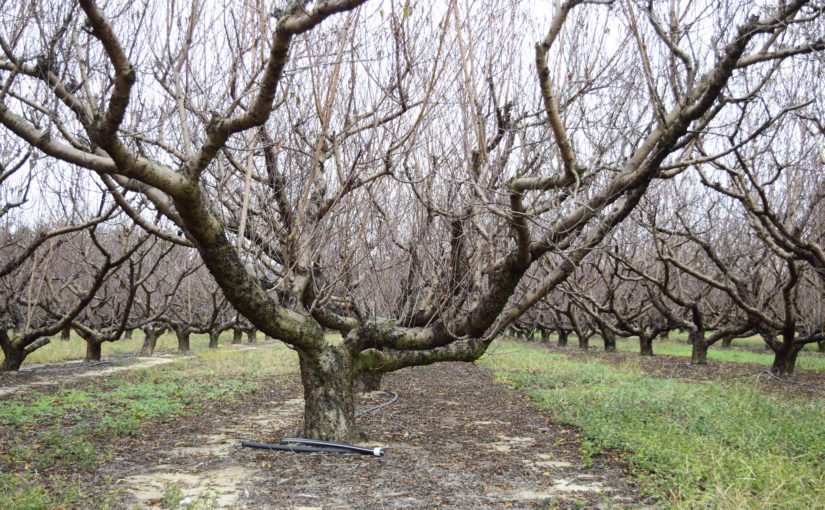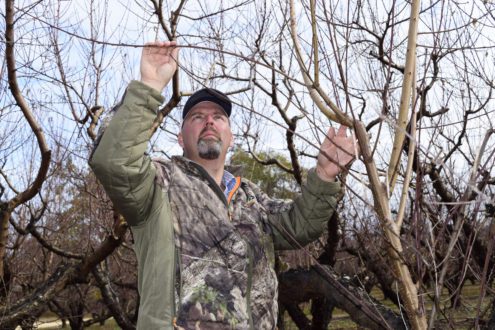Jan 31, 2018Pindar GT herbicide seen as dormancy weed control plan
It’s not too late for fruit producers in Virginia and the Carolinas to begin their season-long weed control program with a dormant application of Pindar GT herbicide.
Pindar GT can help producers start the season with a clean orchard floor, minimizing competition from broadleaf weeds and rodent activity while maximizing radiant heat and orchard health.
South Carolina peach producer Andrew Bodie says a dormant application of Pindar GT at a rate of 2 pints to the treated acre has performed “far better than the grower standard” on his farm.
“Pindar GT is giving me additional options for rotational programs to minimize potential resistance issues,” he said. “A new option is always good, and two products are better for rotation. With Pindar GT, we now have that.”
According to Bodie, Pindar GT herbicide, when applied during dormancy, greatly reduced the weed competition present for the remainder of the growing season. “I focused my field trials on an orchard that historically had a major pigweed problem, and I am pleased with the control we’ve achieved,” he said.
“Before we had Pindar GT, I don’t think we had many great fall or winter weed control choices,” he says. “I am really excited to have this product added to my arsenal to use it strategically with other products to achieve better year-round weed control. The fall dormancy application of Pindar GT also fits well into my farm’s labor plan.”


Approved in 2017 for use on bearing apples and peaches in the Carolinas, and apples in Virginia, Pindar GT controls fruit producers’ toughest weeds, such as marestail (horseweed), pigweed, Virginia pepperweed and dozens of others.
As a herbicide with two active ingredients, providing two modes of action – penoxsulam plus oxyfluorfen – it delivers superior, dependable weed control and long-lasting residual activity. A 1.5- to 3-pint-per-acre preemergence or postemergence treatment of Pindar GT in the dormant period, prior to bud swell, can provide up to six months of residual control.
Pindar GT herbicide also tank-mixes well with other commonly used herbicides. For enhanced burndown activity, Pindar GT can be tank-mixed with other approved preemergence herbicides such as pendimethalin or oryzalin. For postemergence applications, it is recommended that producers consider tank-mixing Pindar GT with glyphosate, glufosinate or paraquat.
Applications of Pindar GT are restricted to no more than 3 pints per acre in a single application, or more than a total of 4.5 pints per acre per year.
Growers are advised to contact their state pesticide regulatory agency to determine if Pindar GT herbicide is registered for sale or use in their state. For more information, visit PindarGTPerforms.
Photo above: South Carolina peach producer Andrew Bodie says a dormant application of Pindar GT at a rate of 2 pints to the treated acre has performed “far better than the grower standard” on his farm.















